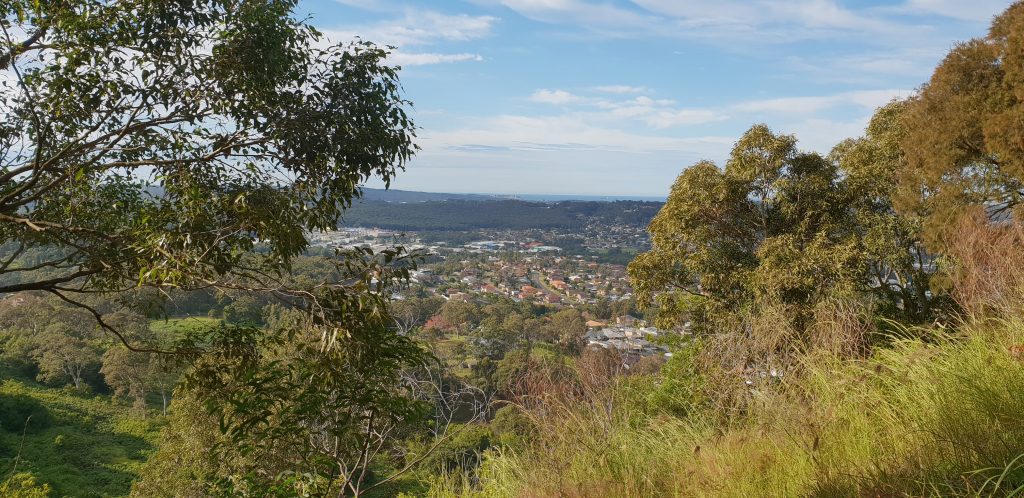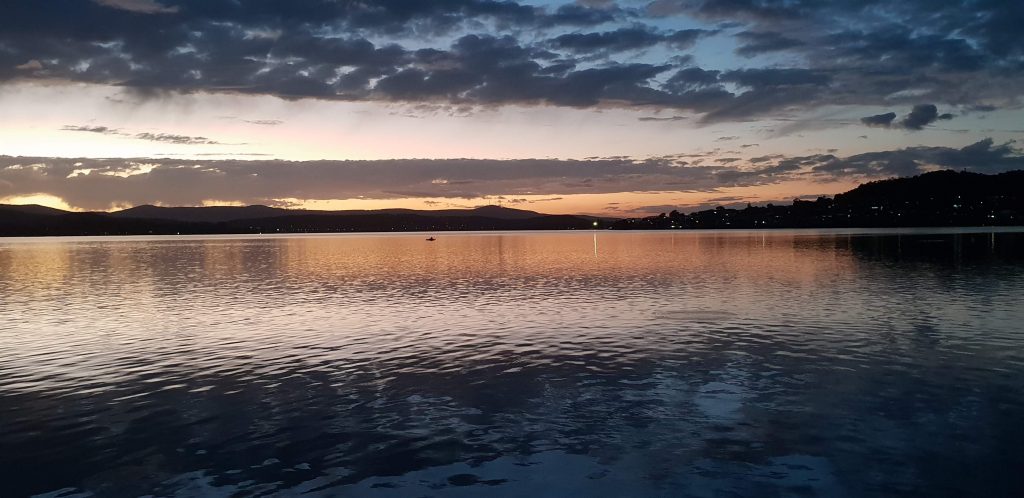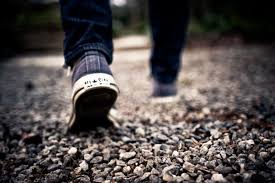Chris McClelland explores his own backyard, inspired by the confines of COVID.
If you’re like me, you’re relatively well acquainted with only the one or two more important roads in your area. You may have even been out into some of the backstreets under the pretence of exercise. In truth, though, I’ve probably seen very little of my neighbourhood beyond the route I use to escape it, always keeping my eyes forward and hoping to get the experience over with as soon as possible. Strange to think how little I know of a place I’ve spent a hefty fraction of my life in, but easily fixed.
Familiar streets seldom satisfy an adventurous heart, and logic dictates that where a novel sight may once have sparked a fire, suffocating it with repeat exposure leaves it to only smoulder.
That, at least, is an excuse for our dissatisfaction that we can swallow. While there is an allure of grandness in traveling to far-off and incredible places, don’t forget that anything you see there is a normal part of the day for thousands of people. Travel is a mindset where you pick apart what you see for any trace of beauty, and while it might be easier to do that when you haven’t cloaked what you see in normality, there’s no reason to go far. Know where to look, and grand comes to you.
So where to begin this grand odyssey into the unknown right under your nose? Macquarie Hills might be a good place to start. It’s a suburb to the north of Cooranbong but still very much in the Lake Macquarie area. Once you’ve found the right trail sprouting from the beehive streets, wander up towards the lookout at Munibung Hill. It is a slim and stony path cut out from the greenery, with the hill’s grey and ochre stone face looming over you as you first take to it. On a good day, you might hear the birds gossiping in the branches to your sides. Maybe they’re taking bets on how each human will fare on the upcoming slope. Guessing ‘poorly’ will make for solid returns – the trail slithers at the start, but it’s just readying itself to strike. Don’t be discouraged by the struggle, just look behind you at the gradually building appetiser for the view to come.

When you reach the summit and look down on Lake Macquarie, try not to forget how close this has been the whole time. Track your eye along the seams between bushland and estate, see how even the trees right below you look like moss from where you are, and how distance blues the terrain until it fades into azure sky. Count the boats in the lake by the sun catching their sails or their snowy wake. Make a game of seeing what the furthest place you can see is, maybe you could go by there another time and look back at the hill. The Awabakal people would come here to make paint over the eons, and the view more than likely inspired how they’d use it.

Once you’ve had enough of seeing everything you thought was boring unfurled in front of you in an entirely new way, take one of the many other paths down the hill and start heading towards the lake. If you thought ahead, you charted your course from the top of the hill. Does it feel different walking in streets you saw from above? How many of the people you walk past go about their lives entirely unaware of what you just saw? Speers Point Park makes a great rest stop, or you can keep going along the walking track that runs parallel to the Esplanade once you reach the waterfront. Listen to the waves ebbing against the rocks. Come in the evening and the setting sun turns the lake to gleaming quicksilver. You may well have driven past it when it does a thousand times, but now you’re here to see it, and you’re not going to let it go to waste.

Chris McClelland is a Secondary Education student, majoring in English, and editor of The Voice for 2020. Finding out about the world is his biggest passion, with sharing that new information coming very close behind.

